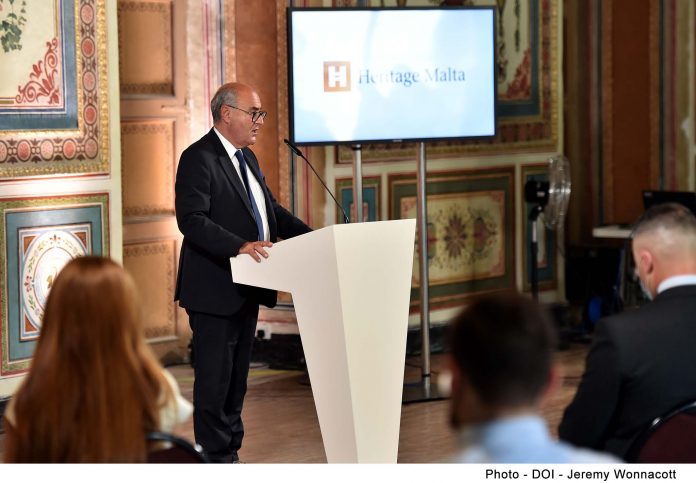
Heritage Malta has welcomed Malta’s ratification of the 2001 UNESCO Convention on the Protection of the Underwater Cultural Heritage which has, over the last decades, become a central instrument of activities directed at underwater cultural heritage within a global context.
This year marks the 20th anniversary of the adoption of the Convention and is therefore a fitting time for Malta to announce and implement its ratification. The Convention’s ratification is a declaration towards other states, entities and the general public on the value being placed on underwater cultural heritage. It solidifies the will to protect this heritage and is a statement against its destruction and the illegal looting of sites.
This Convention was introduced to set up a much-needed international framework to regulate underwater cultural heritage. It is the first to set out principles of protection and preservation, underpinned by a strong core of international cooperation. However, the Convention has also singled out the need to involve and integrate the public in the protection of underwater cultural heritage, recognising the right of the public to enjoy its submerged heritage.
The intention was to set up a contemporary international agenda that provides a consistent national standard, presented in 35 Articles and the 36 Rules in the Annex to the Convention. The Rules set out in the Annex are a universal standard of good practice, a standard which has already been adopted in Malta and represents the backbone of the island’s underwater heritage management.
At a press conference marking Malta’s ratification of the Convention Minister for National Heritage, the Arts and Local Government José Herrera stated that the 2019 amendments to Malta’s Cultural Heritage Act saw the definitive inclusion of underwater cultural heritage, and have ensured that the core principles of the UNESCO Convention are reflected in the island’s heritage legislation.
Professor Timmy Gambin, who heads Heritage Malta’s Underwater Cultural Heritage Unit (UCHU), said that the establishment of this unit has provided the necessary infrastructure for the protection, valorisation and management of Malta’s underwater cultural heritage. He mentioned that up until recently, divers could illicitly access any historic wreck site without any form of monitoring, sometimes leading to looting and illegal salvage. The controlled monitoring of sites now ensures that Malta’s submerged heritage retains its authenticity and integrity by being preserved in situ.
Superintendent of Cultural Heritage Kurt Farrugia explained that since 2019, the Superintendence has given protection to around 15 underwater sites ranging from Phoenician-era sinkings to World War II ships and aircraft. He explained that a number of these sites are being managed by Heritage Malta, so that as with sites found on land, there is controlled accessibility and protection.









